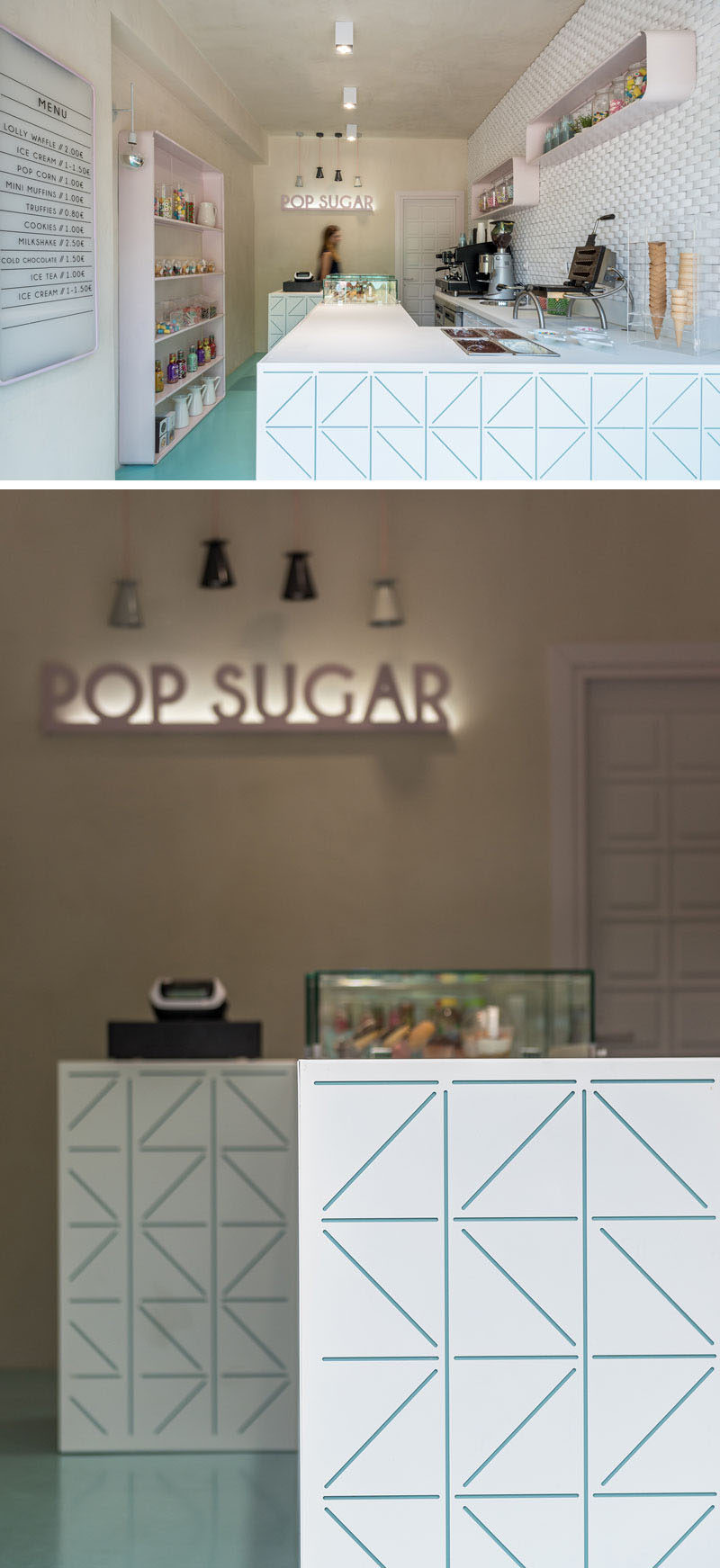



Don’t forget to think about the type of store you’re in and how customers move through it. You don’t want the display to be too big (which can be intrusive to customers) but you also don’t want it to get lost. Take the time to visit the space and see what size and type of display makes sense. Having insight into where in the store your POP sign or display will be located makes a huge difference in how you create it. Remember, the more specific you can be about your intentions and goals, the better your chances for success! Know your location. A price reduction that makes throwing the chips into your cart absolutely irresistible.Clear messaging about the health benefits of your new chips.Bright colors that attract attention, compliment your branding, and look kid-friendly.You could use this information to decide you want: You know from your data that busy moms are your target audience. Let’s try an example: Let’s say you’re promoting your new flavor of healthy chips. Now that you have your audience in mind, what types of messaging and design will make the biggest impact. Who – exactly – are you trying to reach? By combining your purchase-based data with your intentionality, decide who you most want engaging with your in-store signage. How can you use color, images, display shape, and other elements to reinforce your intentions? Consider your audience. Think carefully about your purpose behind this display and how the creative can serve it. teach about a little known or new aspect of your product?.

highlight the health benefits of your product?.When you think about your display, are you hoping to: We know what you’re thinking-your intention is to sell more! But it’s time to get into the specifics. Our Tips for Creating an Impactful POP Display Contemplate your intentions.Ĭoming up with a compelling call to action is going to directly impact how this display is received. Simply put, POP Displays are an effective marketing asset to promote your products in-store. With so many advertisements all around us, it takes a strategic creative and well-crafted plan to make a successful impact.Īnd retail store signage is a particularly worthwhile investment- 68% of Americans have said they purchased an item because a sign caught their eye. Currently, marketing experts estimate that Americans are exposed to 4,000 to 10,000 advertisements a day ( Forbes). Semi-permanent is a loosely definite category that covers POP displays that fall somewhere between these two categories and uses materials from both categories.Here’s the deal-if you’re going to invest in a POP display, you want to make sure it stands out. Common materials used for permanent displays include wood, metal, plastic, acrylic, glass, and many other durable materials. Permanent POP displays will be refilled consistently over its lifetime. Permanent retail displays, as the name suggests, have a longer useful life usually around 1-3 years. Common packaging materials used for temporary displays include corrugated, chipboard, paperboard, and thermoform trays. Temporary retail displays typically have a useful life of 2-4 weeks and do not get refilled with product once the original product has been depleted. The following are the three main categories used in the POP display industry: temporary POP displays, semi-permanent POP displays, and permanent POP displays. POP displays can also be classified and defined based on their estimated useful life. Typically, these interactions occur near the checkout area of the retailer. POS, another common acronym in the industry, stands for “point-of-sale” and refers to the retail area where the actual sales transaction of the product takes place. POP stands for “point-of-purchase” and refers to anything that a customer can interact with in a retail environment that affects their purchasing decisions or perception of your brand.


 0 kommentar(er)
0 kommentar(er)
